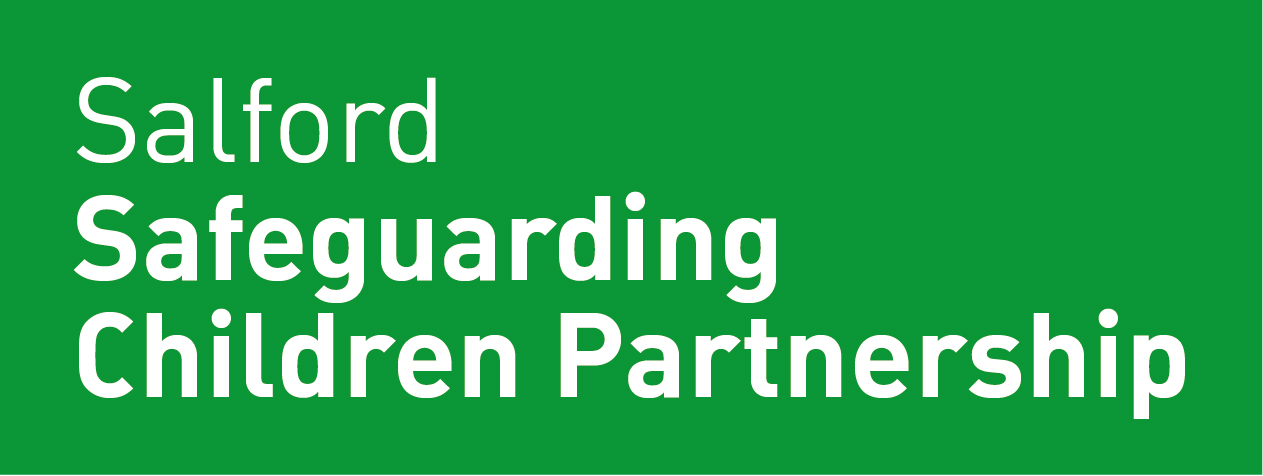These resources and ideas for activities have been recommended by workers from across our partnership and are intended to help you get to know the young people you support.
Practitioner tip:
"I always use cards to take turns answering questions so young person gets to know me too, this seems more fair and equal and sets the tone of a relationship. Or I’d say pick a number…and then that’s how many questions they can ask me first before I ask them anything, I’ve never been asked anything that was tricky to answer and it puts the young person in control. Other good questions that are ‘ice breaker’ questions are if you were … what would you be? An animal/colour/place/ car/ etc…"
Jenga (mini jenga!) - Jenga Game adapted with prompt words on blocks
Try and pick out a tile without knocking down the whole thing…it’s tricky but it’s ok if you are terrible at this …grown ups are allowed to be terrible at some things too! (You can adapt this appropriate to the activity) If you get a word block this prompts a question…what is your favourite/what makes you feel/ what’s your best etc…
Alternatively put all the blocks face down and take turns picking up. Use word bricks to prompt a question and build your own stack using any word bricks you select. Blanks get put to one side so the ‘winner’ with the tallest stack will be the person who has answered the most questions. You could use this with individual children, siblings or a family.
My day
Use a paper plate and felt pens to draw/talk about my day (24 hour clock) based on Jan Horwath’s clock face. Use a different colour for meals/snacks, play, school, sleep, and talk about the details as you work out how to colour each segment. The top of the plate would be midnight and bottom would be midday.
This is also useful with parents antenatally to understand their bio clock and their understanding of a newborn’s bio clock and provides a teachable moment. For parents with infants/young children it can help you understand how the parent & child clock may differ? and to what degree the parent is adapting to the child’s age & developmental needs? Young children cannot flex to the parents bio clock. This activity generates understanding of the parental role and the developmental norms & needs of the infant.
Shield
4 segments can be anything you want:
Name or draw/things that make me smile/things I’m good at/ who I live with/ pets/hobbies/ gaming/ person who listens to me/person who makes me feel safe/person who makes me laugh/ favourite food
You can share your shield to and this helps establish a relationship – you can leave it with your contact details so the young person knows how to get hold of you and that you are their worker
You can use this activity with a sibling group/family members etc. or with parents to be to consider family strengths – symbolise the new family being created and what parents bring to their new role / how they combine family cultures / parental beliefs etc to make a crest for their child/family
You can also use this later on for what’s good for you right now, not so good at the moment, what would you like to change, who could help or what would you like to happen next – shield is designed to protect you and that’s what we will use it for to be strong and keep you safe.
FINK cards
Conversation / profile cards – Available on a range of topics and age groups
- Derby City Council: Voice of the child toolkit

